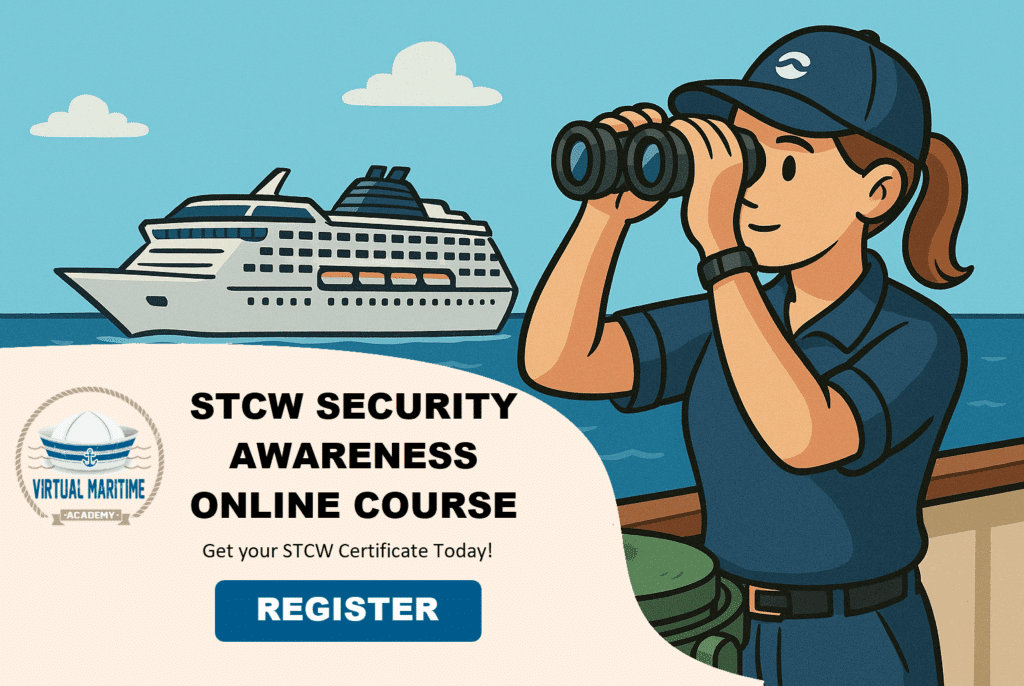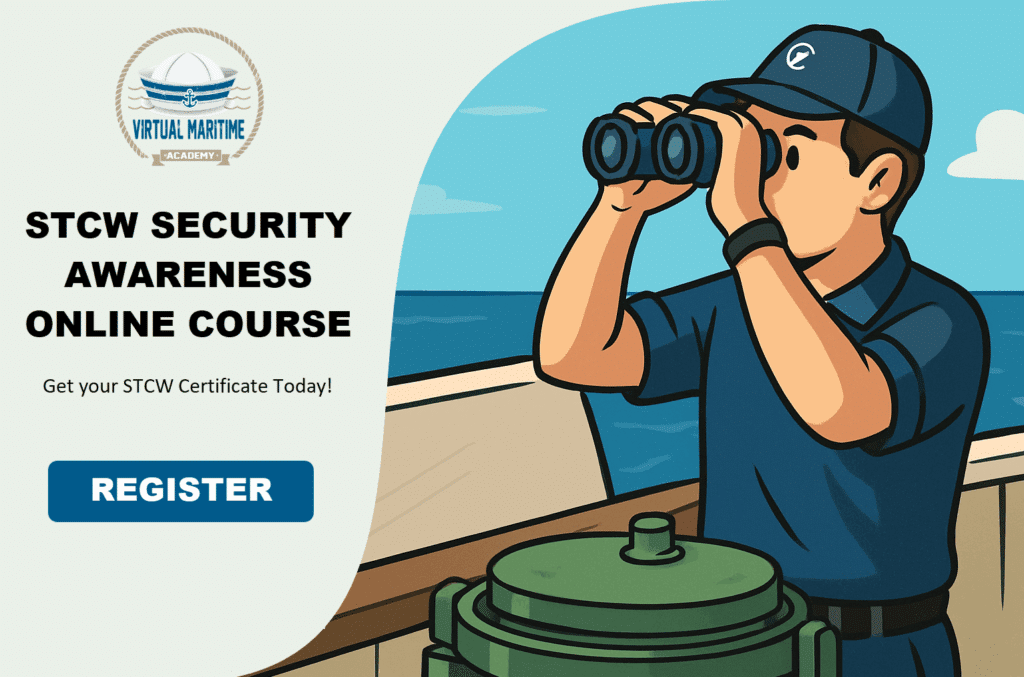Introduction to Maritime Security Drills and Exercises
Maritime security is paramount in safeguarding ships, ports, and maritime facilities from potential threats such as piracy, terrorism, and smuggling. To ensure preparedness and resilience against these threats, regular maritime security drills and exercises are conducted. These practices help identify vulnerabilities, improve response strategies, and ensure compliance with international regulations such as the International Ship and Port Facility Security (ISPS) Code.
Core Components of Maritime Security Drills
Effective maritime security drills comprise several key components:
Planning and Preparation
Planning and preparation are essential to the success of any drill. This phase involves identifying the objectives, choosing scenarios, and allocating resources. A comprehensive risk assessment should be conducted to tailor the drill to the specific threats faced by the maritime entity.
Scenario Development
Scenarios should be realistic, challenging, and relevant to the specific maritime environment. They could range from unauthorized boarding attempts to cyber attacks on navigation systems. The complexity and scale of the scenario should be proportionate to the entity’s capabilities and expected threat level.
Role Assignment and Training
Clear role assignments and thorough training are necessary to ensure that all participants know their responsibilities and can act accordingly during the drill. Training should be continuous and encompass different facets of security, including physical security, information security, and emergency response.
Best Practices for Conducting Maritime Security Exercises
Maritime security exercises extend beyond drills, involving larger scale operations that include multiple stakeholders. Adopting best practices can significantly enhance the effectiveness of these exercises:
Integration with Other Security Measures
Maritime security exercises should be integrated with other security protocols and measures. Exercises provide an opportunity to synchronize physical security measures, access controls, surveillance, and cyber defense mechanisms to validate their combined effectiveness.
Multi-Agency Collaboration
Effective maritime security exercises often involve collaboration between shipping companies, port authorities, maritime law enforcement, and other relevant agencies. Such collaboration ensures a coordinated response and enhances the overall security posture.
Real-Time Communication and Coordination
Effective communication is vital during exercises. Use of real-time communication tools can facilitate coordination among various teams and stakeholders, enabling swift decision-making and efficient management of the simulated incident.
Post-Exercise Debrief and Analysis
A thorough debriefing and analysis session should follow each exercise. This should include an assessment of the drill’s effectiveness, identification of any gaps or weaknesses, and recommendations for improvements. Lessons learned should be documented and incorporated into future training and operational protocols.
Utilizing Technology in Security Drills and Exercises
Technological advancements offer new tools to enhance maritime security drills and exercises:
Simulation Software
Simulation software can create virtual environments and scenarios that closely mimic real-world conditions. These simulations can test responses to various threats, providing a risk-free platform for training and evaluation.
Automated Monitoring Systems
Automated monitoring systems, such as CCTV and sensors, can provide real-time data during drills, allowing for more accurate assessment and timely interventions. These systems also help in recording the drill for later analysis.
Cybersecurity Drills
With the increasing reliance on digital systems, cybersecurity drills have become an integral part of maritime security exercises. Simulating cyber attacks and testing defenses can help identify vulnerabilities in the digital infrastructure and improve resilience.
Regulatory Compliance
Maritime security drills and exercises must align with international and national regulations. Compliance with the ISPS Code, as well as other relevant guidelines such as those from the International Maritime Organization (IMO) and national maritime authorities, ensures that all security measures are up to standard and legally sound.
Maritime security drills and exercises are fundamental to maintaining a robust security posture in the maritime domain. By adhering to best practices such as meticulous planning, scenario development, multi-agency collaboration, and leveraging technology, maritime entities can enhance their preparedness and response capabilities, ensuring the safety and security of the maritime environment.











